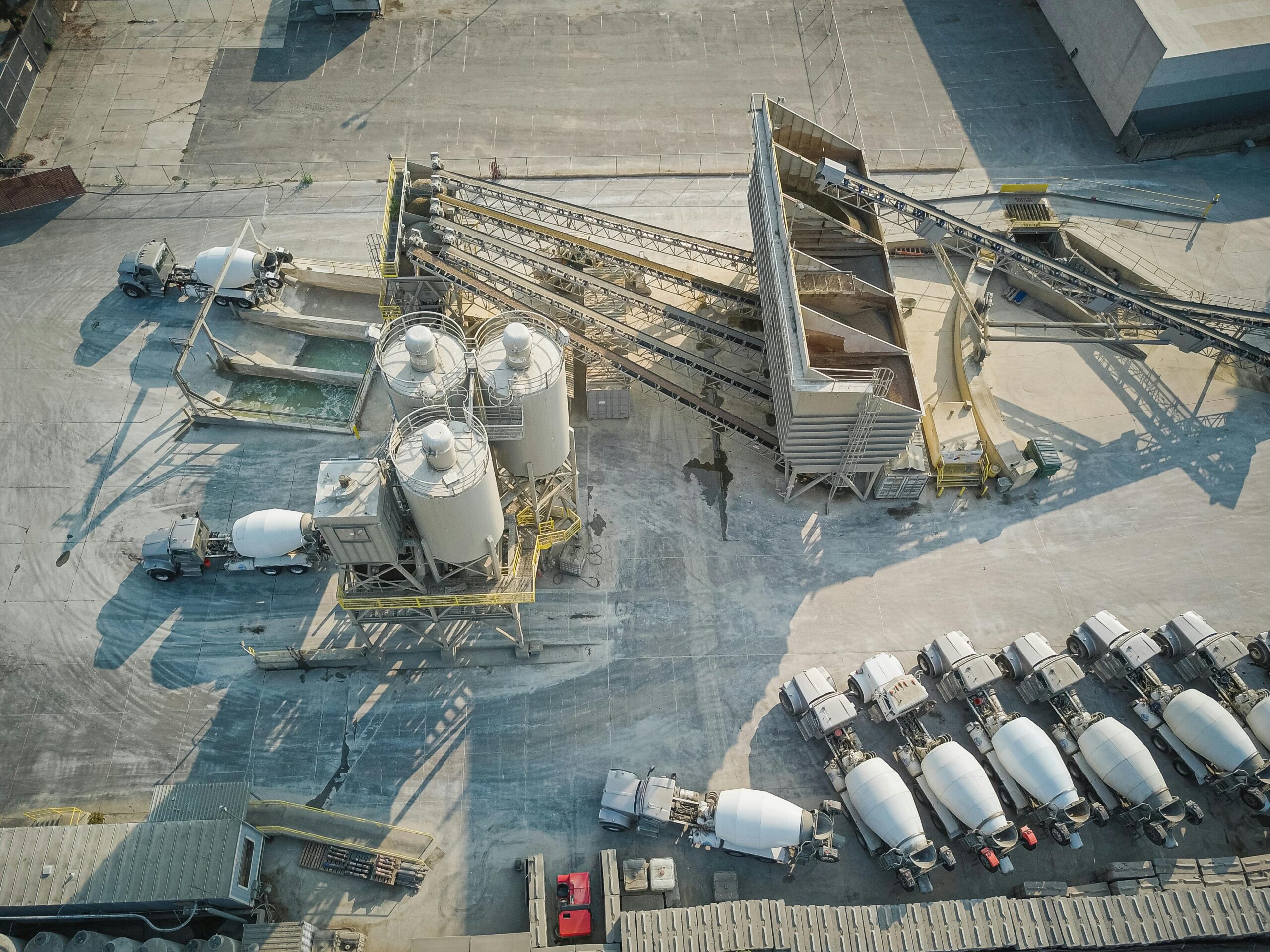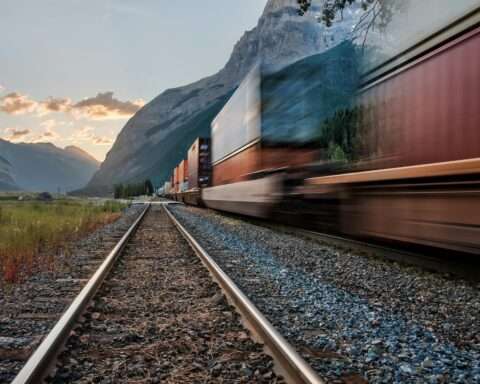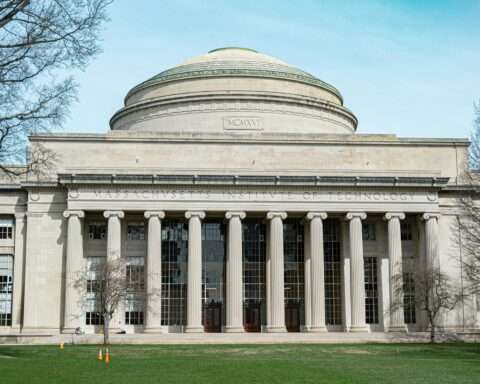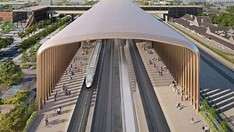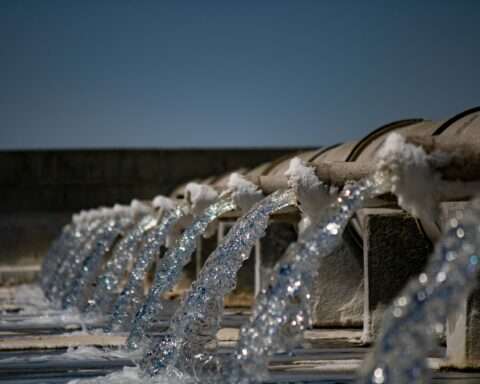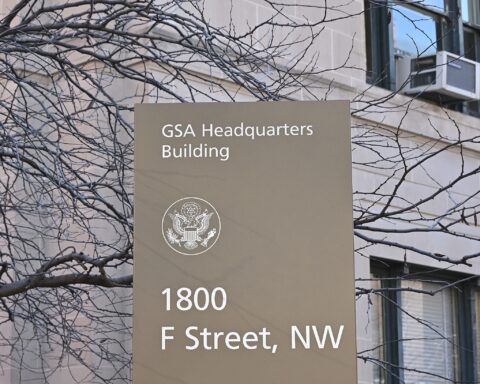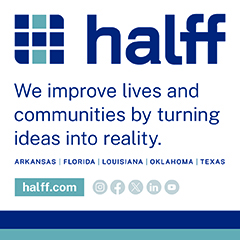The North Dakota Department of Transportation (NDDOT) is looking to upgrade transportation networks as part of an updated strategic plan for transportation infrastructure and transit projects.
The new Statewide Transportation Improvement Plan (STIP), finalized by NDDOT last month, will guide the state’s spending for transportation projects over the next four years. Developed in collaboration with community partners and stakeholders, the final plan encompasses nearly all of the state’s current and projected transportation projects and funding required for development, maintenance and operations.
Seeking to proactively adjust budgets, NDDOT updates the plan annually to address new and existing public needs and adhering to federal and state requirements.
The most recent update to the STIP will include an estimated total of over $3.25 billion in transportation expenditures over the next four years, emphasizing NDDOT’s mission to “safely move people and goods.”
In 2025, NDDOT projects that transportation improvements will cost approximately $733.9 million, including transit system maintenance and operations. The largest estimated appropriation, $310.6 million, will support the State Highway Construction Program and several national highway, interstate, railway and surface transportation projects.
About $96.5 million will go to the Urban Highway Construction Program for national highway performance, safety improvements and surface transportation initiatives. Similarly, county highways will have access to nearly $30.5 million in federal, state and local resources.
The NDDOT estimates nearly $73.3 million in total expenditures for inspecting, rating, maintaining and rebuilding the state’s aging bridges, including both state and county structures.
From 2026 to 2029, North Dakota’s transportation projects are expected to see a steady rise in both expenditures and revenues, driven in part by substantial funding from federal programs like the Infrastructure Investment and Jobs Act (IIJA), though exact funding estimates may vary.
The total expenditure in 2026 starts at approximately $922 million, with federal contributions comprising the largest share. Notably, spending for urban highways is anticipated to rise to $167.8 million, or an approximately 70% increase from 2025.
By 2027, the total budget will rise to approximately $813 million, and in 2028, it could reach $784 million, if gradual federal funding trends continue.
Over these four years, the federal government’s contribution is estimated at approximately $1.64 billion through a variety of transportation funding programs and initiatives.
Based on the IIJA apportionment levels for 2025 and 2026, the STIP notes several sources for federal aid highway funds, such as:
- National Highway Performance Program.
- Surface Transportation Block Grant Program.
- Congestion Mitigation and Air Quality Improvement Program.
- Highway Safety Improvement Program.
- Railway-Highway Crossings Program.
- Metropolitan Planning Program.
- National Highway Freight Program.
- Carbon Reduction Program.
- Promoting Resilient Operations for Transformative, Efficient, and Cost-Saving and Transportation Program.
Contracting opportunities will be available for eligible entities that are looking to get involved with statewide transportation projects. In accordance with NDDOT’s Standard Specifications for Road and Bridge Construction, Section 2, contractors must be prequalified with the department prior to bidding on state-led or funded projects.
While there are no current bid openings, NDDOT will initiate the next two contractor bidding windows on March 14 and 21. Eligible entities can find more resources on North Dakota’s transportation opportunities here.
As the NDDOT prepares for 2026, the state will request public comment on the next STIP for 2026-2029.
Photo by Kindel Media



